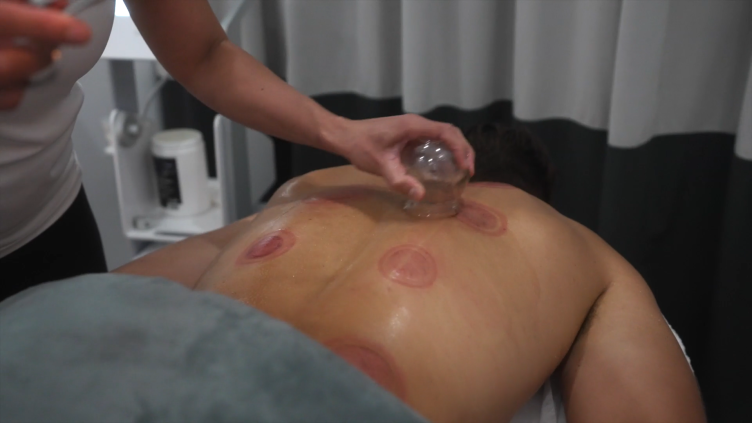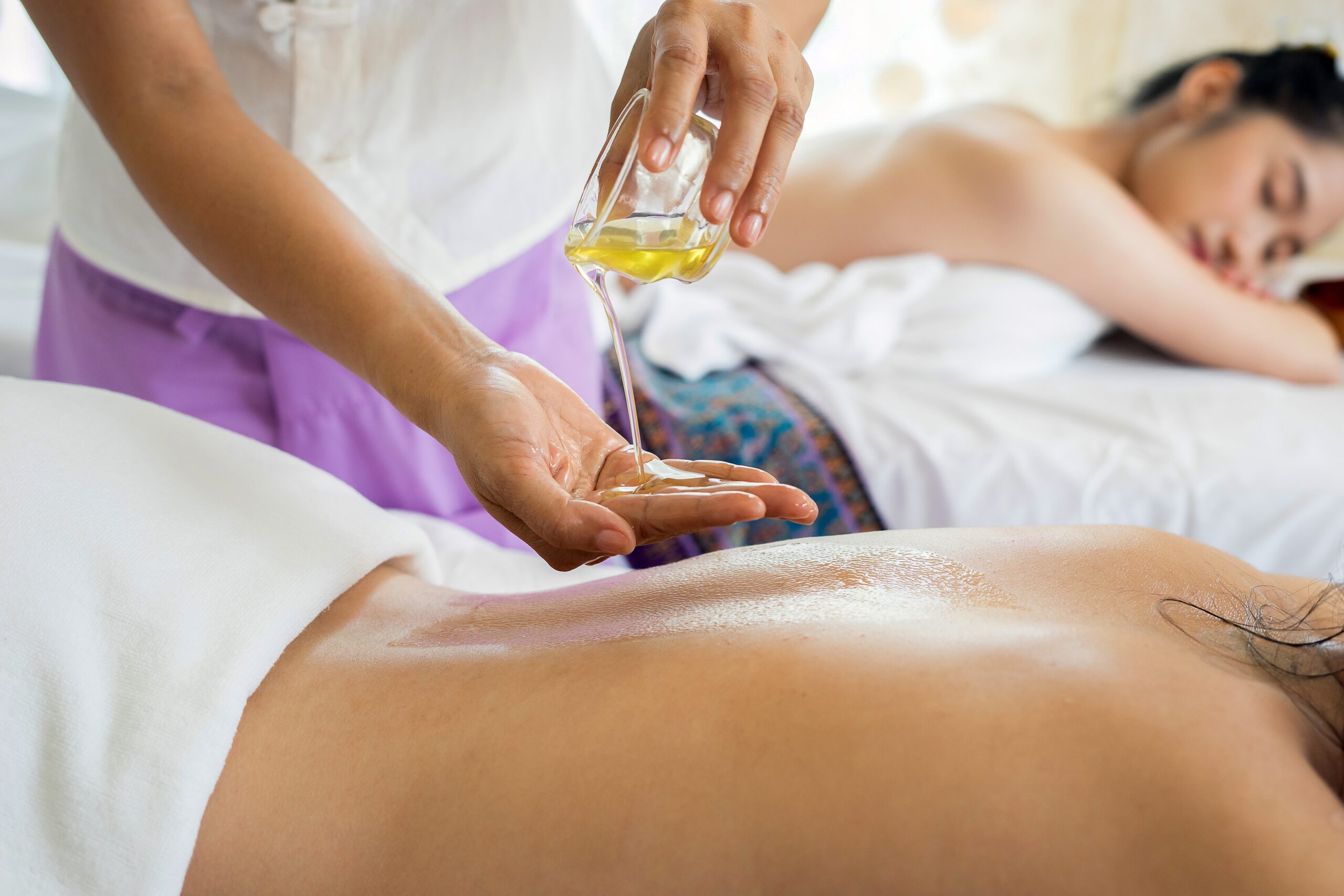The Use of Cryotherapy in Biohacking
For several years, cryotherapy has been utilized to treat sports injuries among athletes and to relieve pain and inflammation among patients with rheumatism. Hence, such intervention was noted to bring a significant impact on improving the quality of life of many patients around the globe. Aside from this, recent advancement in technology has led to the discovery of more complex applications of cryotherapy such as its potential benefit in the emerging trend of biohacking.
Biohacking is a self-driven biological experiment geared towards applying scientific principles to find alternative methods related to DNA sequencing, microbial screening, environmental monitoring, and improving healthcare services and delivery (Seyfried, Pei, & Schmidt, 2014). The concept behind biohacking is comparable to computer hacking. Instead of altering the computer system, biohacking cracks the code of how the human body is programmed to function and to respond to different stimuli. Biohackers tend to experiment on their own bodies to find solutions to certain health problems related to genetic make-up and other circumstances that may have affected their well-being. Moreover, biohacking also aims to conquer the ballooning costs of research and development by producing accessible and cheap laboratory equipment and methods (Loftrup, 2015).

Cryotherapy, which utilizes extremely cold air in a cryochamber or cryosauna, has been used in biohacking to achieve optimum health outcomes. Exposure to cold temperature stimulates the sympathetic nervous system as the body perceives a life-threatening situation and activates survival mechanisms. Some of the advantages of cryotherapy that gain attention from biohackers are its benefits in relieving pain and inflammation. Moreover, it also promotes blood circulation that supports cellular processes and reduces damage to organs and tissues (Taylor, 2016).
One of the most famous pioneers of biohacking is David Asprey, an American entrepreneur whose goal is to live until the age of 180 years old through his bulletproof concept. Asprey ventures on experimenting with his own body to determine the response to sleep, light, nutrition, and supplementation. As Asprey’s ideas turn to industry, his life becomes an open book that influences the lives of millions of people who listen to his broadcasts, read his blogs and subscribe to his social media pages (Conner, 2016).
To achieve his personal goal, Asprey established a biohacking laboratory in Victoria, British Columbia in Canada. His facility consists of different equipment such as the cryotherapy chamber to promote longevity. This premise can be supported by the results of several research studies that reveal the potential benefits of cryotherapy in regulating various biochemical processes.
In a study published in a Polish journal, it was found out that exposure to ten sessions of three-minute whole body cryotherapy with temperatures ranging from -120 degrees Celsius can suppress oxidative stress by increasing the total antioxidative status (TAS) in plasma (Miller, Mrowicka, Malinowska, Kedziora, & Majsterek, 2011). Aside from this, cryostimulation is also hypothesized to have an immunostimulating effect related to enhanced noradrenaline response and can be connected with paracrine effects. In fact, in a study that aimed to determine the effects of whole-body cryotherapy in pro- and anti-inflammatory cytokine levels in healthy men, it was noted that twenty sessions of 3-minute cryostimulations per day can significantly increase the level of anti-inflammatory cytokines IL-6 and IL-10 and decrease the Il-1a cytokine level (Lubkowska, Szygula, Chlubek, & Banfi, 2011).
Oxidative stress, that leads to the production of free radicals, is known to play a major role in the development of a wide variety of illnesses such as cardiovascular diseases, diabetes, cancer, and autoimmune diseases. Inflammation, on the other hand, can lead to serious damage to tissues and organ systems. Hence, by suppressing oxidative stress and inflammation through cryotherapy, the risk of developing different health problems can be minimized, thereby promoting longevity (Li, Browne, Bonner, Deng, Tian, & Mu, 2014).
Bibliography
Conner, C. (2016, September 28). Retrieved October 11, 2016, from Forbes: http://www.forbes.com/sites/cherylsnappconner/2016/09/28/from-idea-to-industry-dave-asprey-bulletproof/#5e0901b317c0
Li, Y., Browne, R. W., Bonner, M. R., Deng, F., Tian, L., & Mu, L. (2014). Positive Relationship between Total Antioxidant Status and Chemokines Observed in Adults. Oxidative Medicine and Cellular Longevity , 6 pages.
Loftrup, J. (2015, May 12). Retrieved October 11, 2016, from Lunds Universitet Magasin: http://www.lum.lu.se/english/biohackers-crack-the-human-bodys-programming-code/
Lubkowska, A., Szygula, Z., Chlubek, D., & Banfi, G. (2011).
The effect of prolonged whole-body cryostimulation treatment with different amounts of sessions on chosen pro- and anti-inflammatory cytokines levels in healthy men. Scandinavian Journal of Clinical and Laboratory Investigation , 419 – 425.
Miller, E., Mrowicka, M., Malinowska, K., Kedziora, J., & Majsterek, I. (2011). The effects of whole-body cryotherapy and melatonin supplementation on total antioxidative status and some antioxidative enzymes in multiple sclerosis patients. Polski Merkuriusz Lekarski , 150 – 153.
Seyfried, G., Pei, L., & Schmidt, M. (2014). European do-it-yourself (DIY) biology: Beyond the hope, hype and horror. Bioessays , 548 – 551.
Taylor, M. (2016). Retrieved October 11, 2016, from Living Bulletproof in Australia: http://www.livingbulletproof.com.au/cryotherapy-biohacking-australia/






